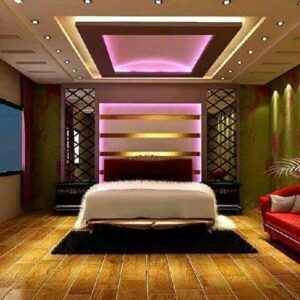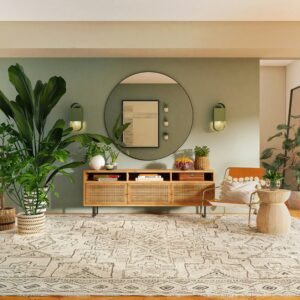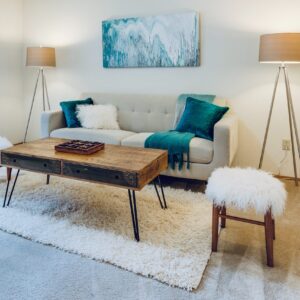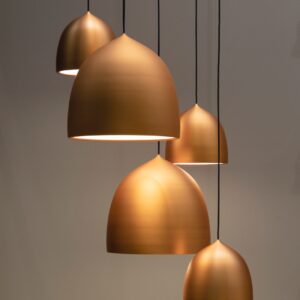Decoding the Canvas: Exploring Interior Designer Salaries and Factors Influencing Pay
Interior design, a profession that turns creative visions into tangible realities, has seen a surge in demand as individuals and businesses recognize the importance of well-designed spaces. In this blog, we delve into the intriguing world of interior designer salaries, exploring the factors that influence pay in this dynamic and diverse field.
1. Entry-Level Interior Designer Salaries: For those embarking on a career in interior design, entry-level salaries are influenced by factors such as education, experience, and geographic location. Fresh graduates may find opportunities with design firms, earning a starting salary that typically ranges from $40,000 to $60,000 annually. As they gain experience and build their portfolios, opportunities for salary growth increase.
2. Education and Credentials: The level of education and professional credentials play a significant role in determining an interior designer’s salary. A bachelor’s degree in interior design or a related field is often a minimum requirement. Designers with advanced degrees or industry-recognized certifications may command higher salaries, reflecting their expertise and dedication to ongoing professional development.
3. Experience and Expertise: Experience is a key factor in the progression of an interior designer’s salary. Designers with several years in the field, a robust portfolio, and a track record of successful projects often command higher compensation. Specializing in niche areas, such as sustainable design, healthcare, or luxury residential projects, can also contribute to higher earning potential.
4. Geographic Location: The location of an interior designer’s practice significantly influences their salary. Designers working in metropolitan areas or regions with a high cost of living generally command higher salaries to offset the increased expenses associated with these locations. On the other hand, designers in smaller towns or regions with a lower cost of living may earn slightly less.
5. Type of Employer: The type of employer also plays a role in determining interior designer salaries. Designers working for prestigious design firms, architectural firms, or renowned design studios may earn higher salaries compared to those working in smaller, local businesses. Additionally, self-employed designers have the potential to set their own rates and income based on the projects they secure.
6. Industry Specialization: Interior designers often specialize in specific industries, such as residential, commercial, hospitality, or healthcare design. Salaries can vary based on the sector of specialization, with certain industries offering higher compensation due to the complexity and unique requirements of the projects involved.
7. Economic Factors: Economic conditions can influence the demand for interior design services, subsequently impacting salaries. During economic downturns, there may be a reduction in demand for design services, affecting job opportunities and potentially leading to adjustments in salary expectations.
8. Negotiation Skills: The ability to negotiate plays a crucial role in an interior designer’s earning potential. Designers who can effectively communicate their value, showcase their portfolio, and negotiate fair compensation packages may find themselves with more lucrative opportunities.
Interior designer salaries are diverse and multifaceted, reflecting a combination of education, experience, location, and industry specialization. As the demand for well-designed spaces continues to grow, so too do the opportunities for interior designers to carve out successful and rewarding careers. Whether just starting or looking to advance in the field, understanding the factors influencing salaries empowers designers to navigate their career paths strategically and thrive in this dynamic profession.
























